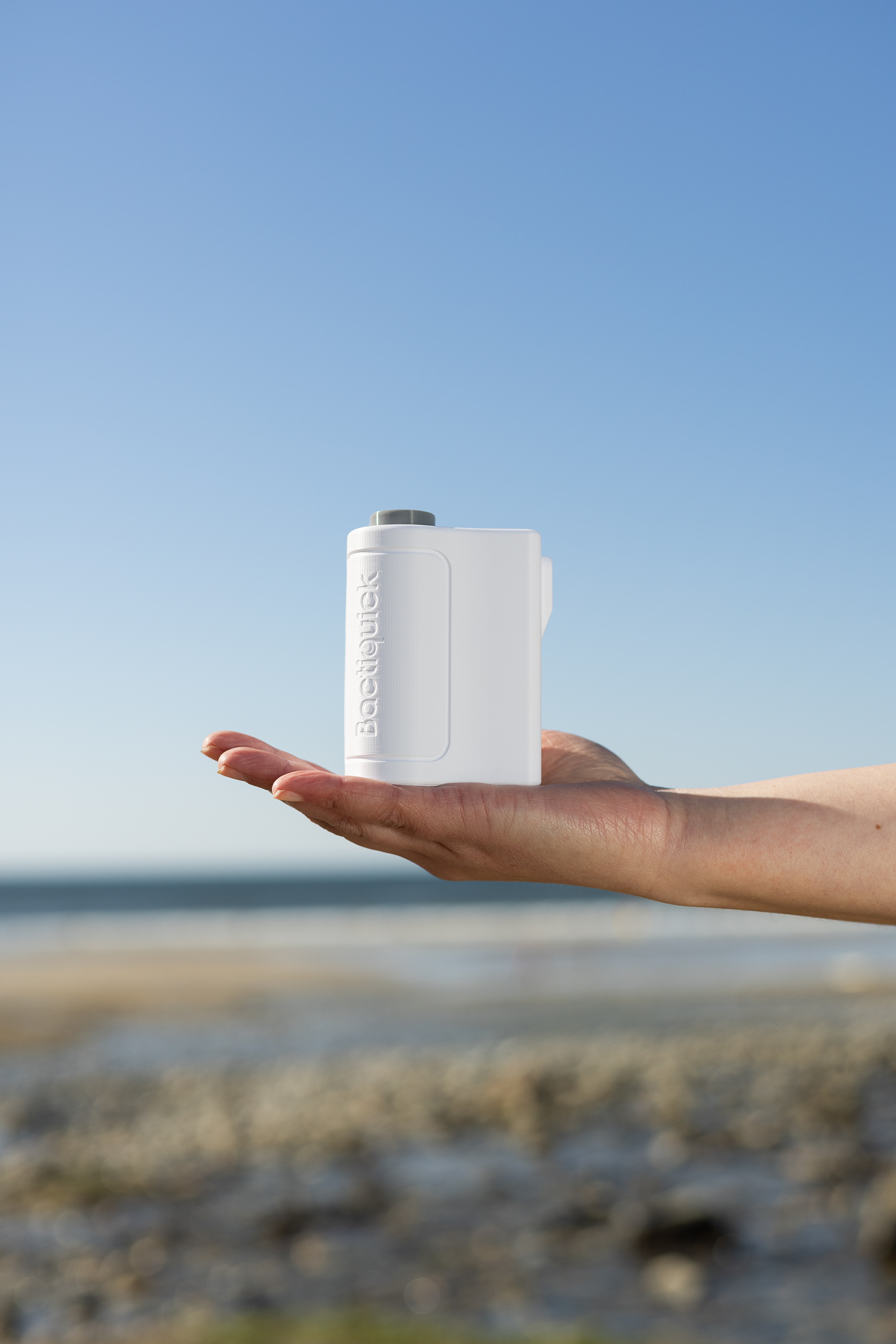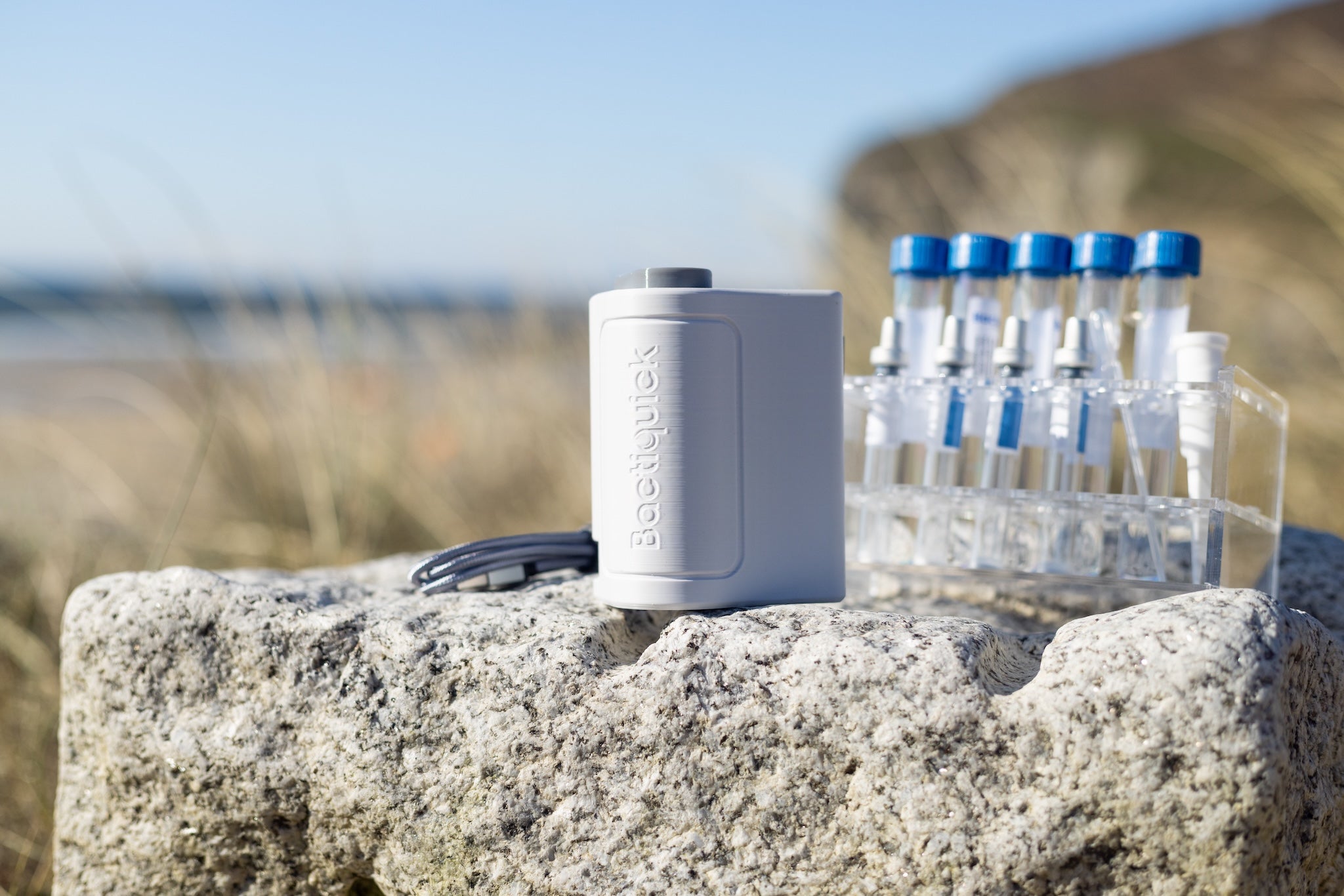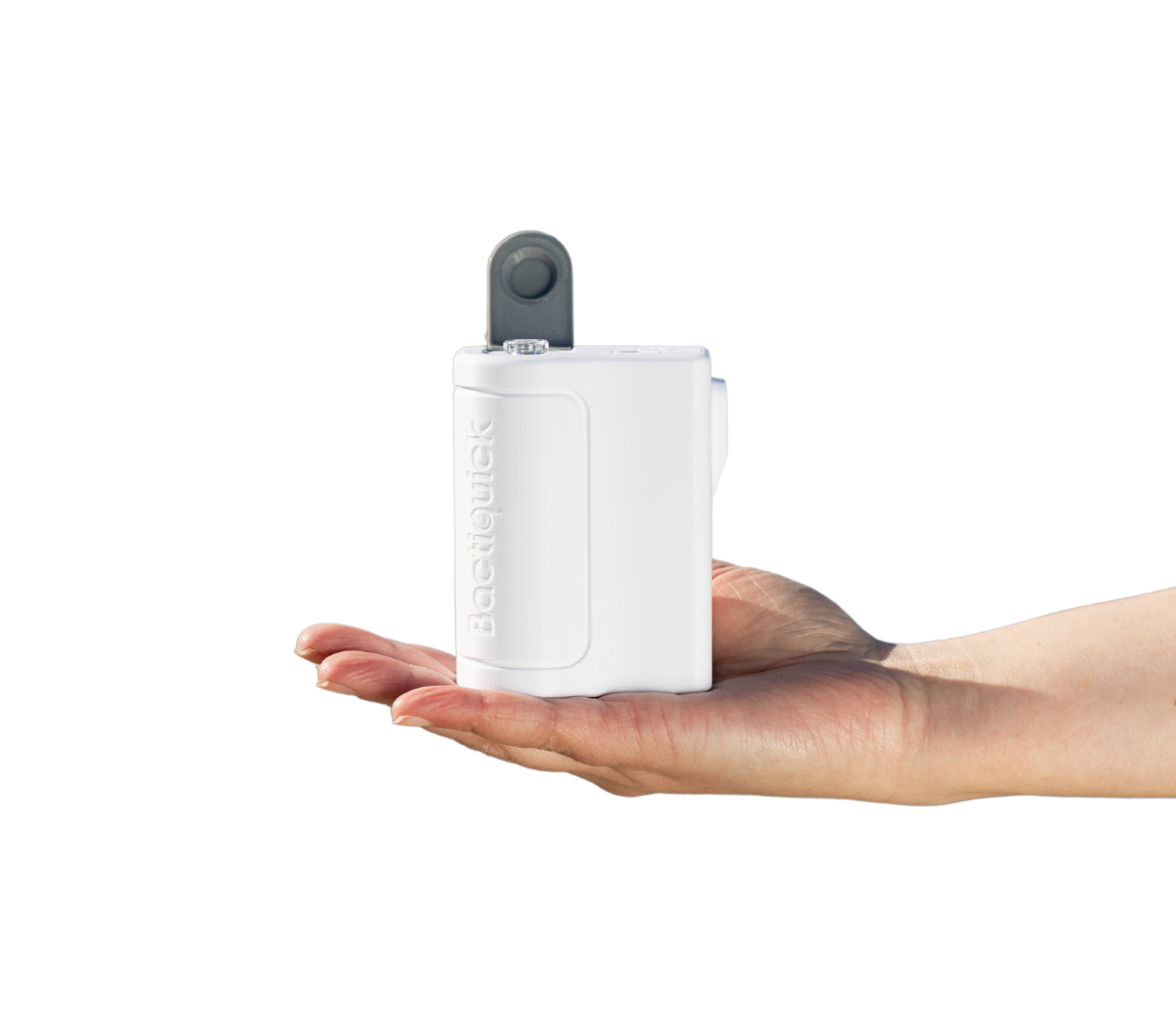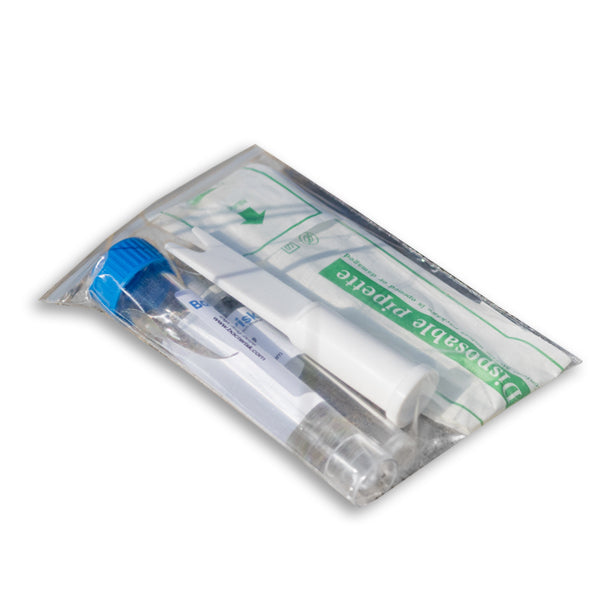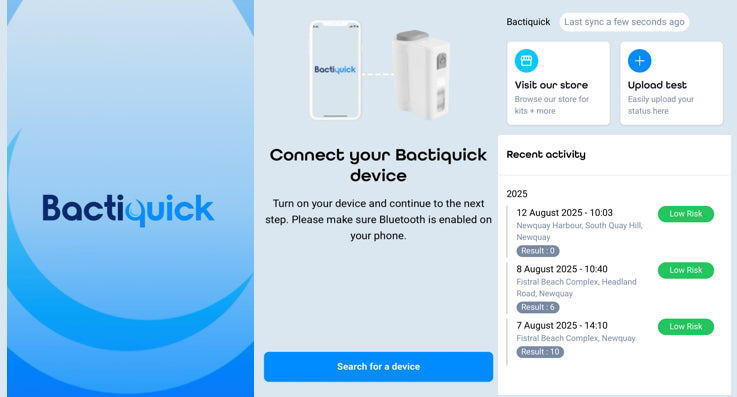
Bathing Water Regulation
The Problem with our Bathing Water Regulation
And What it Means for Public Health
As more people embrace open water swimming, surfing, and wild water activities, the quality of our natural water bodies has never been more important. But how do we know if it's safe to swim in our rivers, lakes, or along the coast? That’s where bathing water regulation comes in — playing a vital role in protecting public health.
What Are Bathing Water Regulations?
Bathing water regulations are legal standards set by governments or environmental authorities to monitor and ensure the safety of natural water bodies used for recreational purposes.
These regulations require regular testing of water quality, specifically for harmful bacteria such as Escherichia coli (E. coli) and intestinal enterococci, both of which are indicators of faecal contamination.
In the UK and across the EU, these standards are defined under the EU Bathing Water Directive (transposed into UK law post-Brexit). Waters are classified as excellent, good, sufficient, or poor based on microbiological testing results.
Why It Matters for Public Health
Unsafe bathing water can contain bacteria, viruses, and parasites that cause a wide range of illnesses — from minor skin irritations and gastrointestinal infections to more serious health conditions like ear infections, eye infections, and respiratory issues.
In fact, even a short swim in contaminated water can lead to:
- Gastroenteritis
- Conjunctivitis
- Ear and throat infections
- Skin rashes
And with antibiotic resistance on the rise, exposure to bacteria in contaminated waters can be life-threatening.
These risks increase significantly after heavy rainfall, which can cause raw sewage or agricultural runoff to enter natural water systems. And bacteria come from a much broader range of sources than most people realise – including faulty septic tanks, boats and even wildlife.
The Problem: Delayed Testing and Limited Coverage
Traditional bathing water testing methods rely on collecting water samples and sending them to a laboratory for culturing — a process that can take 24 to 48 hours. This time delay means swimmers may unknowingly enter unsafe water before results are available.
Most standard tests only detect E. coli and enterococci, ignoring other pathogens like Salmonella and Leptospira – which have increased by 60% in the UK.
On top of this, water quality changes quickly – sometimes in a matter of hours – and testing isn’t carried out regularly enough, failing to capture real-time pollution events. The number of tests being carried out also drops drastically outside of the official bathing season, leaving water lovers exposed to the risk of getting ill for much of the year.
This patchy surveillance leaves gaps in public health protection – especially as many people swim, surf and paddle all year-round.
A New Era of Real-Time Testing
Technologies like Bactiquick, the world's first handheld, real-time water quality testing device, are set to transform how we approach water quality monitoring. Bactiquick allow for on-the-spot testing, with results available in just minutes — not days.
This means:
- Faster public warnings and beach closures
- Better-informed choices for swimmers and water sports enthusiasts
- More comprehensive monitoring across a wider range of sites
Looking Ahead
As climate change increases the frequency of heavy rains and storm overflows, and antibiotic resistance increases, strengthening and modernising bathing water regulation is no longer optional — it’s urgent.
Protecting public health starts with better data, faster action, and broader awareness. Tools that empower communities and environmental agencies to check water quality in real-time are key to safer, cleaner wild waters.
Stay informed.
Clean bathing water is not a luxury — it’s a necessity.
Sign up to our Newsletter [link] to stay updated on the latest breakthroughs.

